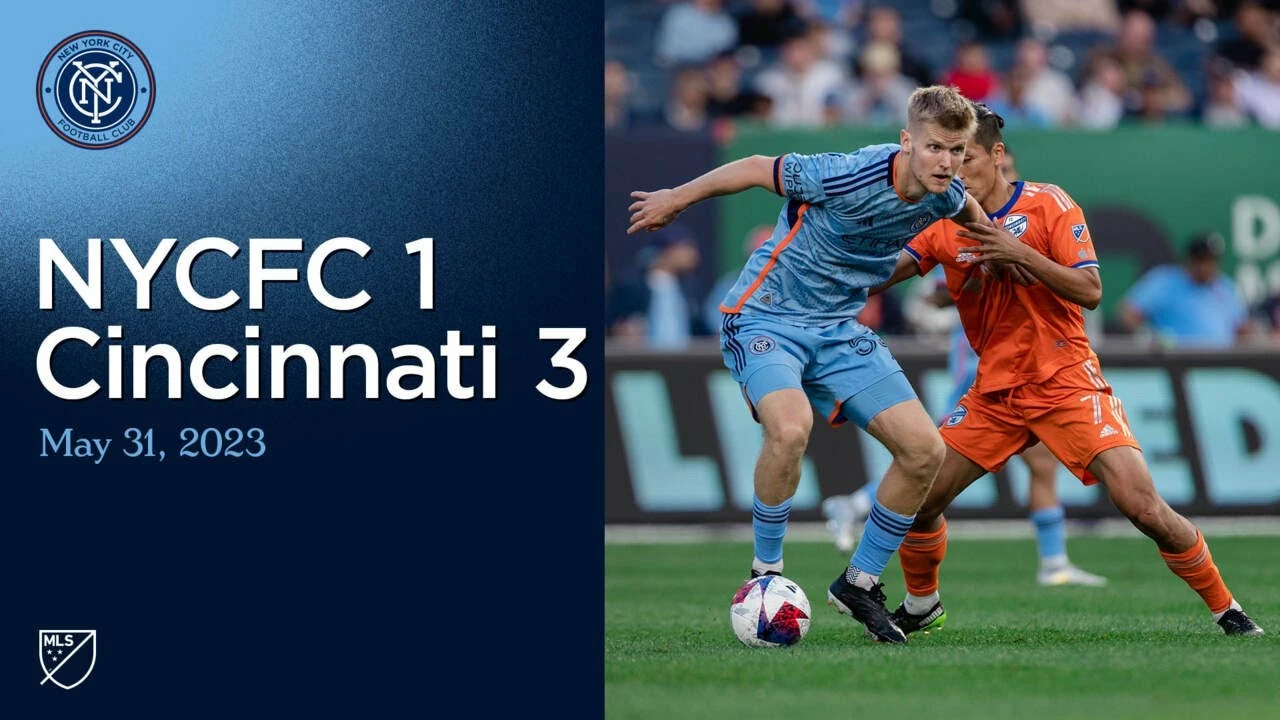
Understanding the MLS
The Major League Soccer (MLS) is a professional soccer league in the United States. As a blogger and a soccer enthusiast, I have always been intrigued by the competitiveness of this league. The MLS, founded in 1993, has grown significantly over the years, attracting players and fans from all over the world. Its structure is unique, with no promotion or relegation which is commonly seen in most soccer leagues worldwide. However, does this distinct structure make it less competitive? Let's dive in and explore.
An Overview of MLS's Competitive Structure
Unlike many international soccer leagues where teams face the risk of relegation, MLS operates on a different model. The league is split into two conferences: The Eastern Conference and the Western Conference. The teams in each conference compete against each other throughout the season to earn a spot in the playoffs. This structure ensures that every game matters, adding to the competitiveness of the league.
Quality of Players in MLS
When assessing the competitiveness of a league, the quality of players cannot be overlooked. Over the years, MLS has attracted some big names in soccer, such as David Beckham, Thierry Henry, and Zlatan Ibrahimovic. These players have not only elevated the quality of play but also enhanced the international reputation of the league. However, it's not just about the stars. The league also boasts of home-grown talent that matches up well against international players, adding another layer of competitiveness.
Financial Investments and Competitive Balance
Financial investments in the league also play a significant role in determining its competitiveness. In recent years, MLS has seen an influx of financial investments, with new teams joining and existing ones investing heavily in their squads. However, the league also has measures in place, like the salary cap, to ensure competitive balance. This means that while teams can invest in star players, they also have to be strategic in managing their resources, which adds to the competitiveness.
Stadiums and Fan Culture
The atmosphere in the stadiums and the fan culture in MLS is another factor that boosts the competitiveness of the league. Soccer-specific stadiums have been built, and fan groups have formed, creating a passionate atmosphere that can rival that of other top leagues. This passion extends to the pitch, spurring the players on and making each game a competitive encounter.
The Impact of the Playoffs
In MLS, the regular season is followed by the playoffs, where the top teams from each conference compete for the MLS Cup. The playoffs add an extra layer of competition, as teams fight to secure a spot and then battle it out in knockout games. The unpredictability of the playoffs, where a lower-seeded team can beat a top-seeded team, increases the competitiveness of the league.
MLS's Global Standing
MLS's competitiveness can also be seen in its global standing. While it may not yet be on par with leagues like the English Premier League or the Spanish La Liga, MLS has made significant strides. Its unique structure, quality of players, financial investments, passionate fan culture, and exciting playoffs all contribute to its growing competitiveness. As MLS continues to evolve, I believe its competitiveness will continue to grow.